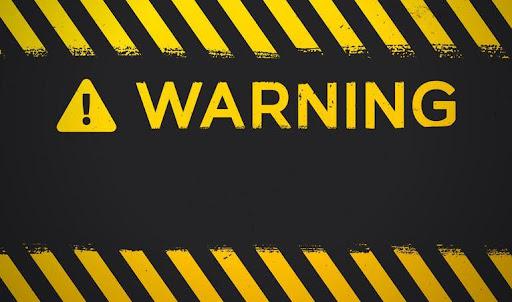Understanding the Dangers of Black Water
May 1, 2024

Black water, also known as Category 3 water damage, refers to water that has been contaminated by fecal matter, urine, sewage, or other harmful substances. It poses significant health risks to humans and animals due to bacterial contamination, parasitic infections, disease transmission, chemical pollutants, and environmental damage.
Let’s look at the impact Category 3 water damage can have on your home and health, and how we address it.
Understanding Category 3 Water Damage and its Impact on Your Home
Category 3 water damage, according to the Institute of Inspection, Cleaning and Restoration Certification (IICRC) standards, refers to the most severe type of water damage classification.
Category 3 water damage can come from various sources, including:
- Sewage backups: This occurs when sewage water backs up into a building due to blockages in sewer lines or overflowing sewage systems. Sewage water contains a high concentration of pathogens, bacteria, and other contaminants.
- Floodwaters: Flooding caused by natural disasters such as hurricanes, storms, or overflowing rivers can introduce contaminated water into buildings. Floodwaters may contain sewage, chemicals, debris, and other hazardous substances.
- Standing water: Water that has been left standing for an extended period, such as in stagnant pools or flooded areas, can become heavily contaminated with bacteria, viruses, and other harmful microorganisms.
Category 3 water damage requires immediate action to mitigate and to prevent further contamination.
Key characteristics of category 3 water damage include:
- High levels of contamination with bacteria, pathogens, and toxins.
- Foul odor and discoloration.
- Potential for mold growth and structural damage.
- Increased risk of infectious diseases and health complications for individuals exposed to the contaminated water.
The Menace of Mold Growth
Mold requires moisture to grow, and black water introduces significant amounts of moisture into indoor environments. When black water infiltrates building materials such as drywall, wood, carpeting, and insulation, it creates ideal conditions for mold growth by providing the necessary moisture. To prevent mold infestations in areas affected by black water damage, it's important to promptly begin the remediation and removal process, and to address any underlying moisture issues to prevent recurrence.
Health Risks Posed by Category 3 Water
Exposure to Category 3 water can lead to many health issues, including:
- Bacterial contamination: Black water often contains high levels of harmful bacteria, viruses, and other pathogens that can cause gastrointestinal illnesses such as diarrhea, vomiting, and abdominal cramps.
- Parasitic infections: Black water may also harbor parasitic organisms, such as worms and protozoa, which can cause parasitic infections in humans.
- Risk of disease transmission: Contact with black water can increase the risk of transmitting infectious diseases, including hepatitis A, cholera, typhoid fever, and norovirus.
- Chemical contaminants: In addition to biological contaminants, black water may contain toxic chemicals and pollutants from sewage, industrial waste, or agricultural runoff. Exposure to these chemicals can cause skin irritation, respiratory problems, and long-term health effects, depending on the specific contaminants present.
Professional Water Damage Restoration
You must avoid contact with black water whenever possible and take appropriate precautions, such as wearing protective clothing and disinfecting contaminated areas, when dealing with cleanup or remediation efforts.
Professional water damage restoration companies such as DRYmedic Restoration are equipped to handle category 3 water damage situations safely and effectively. We employ industry-standard protocols to extract the water, clean and disinfect affected areas, and restore the property to a safe and livable condition. Contact us at (248) 278-1261.